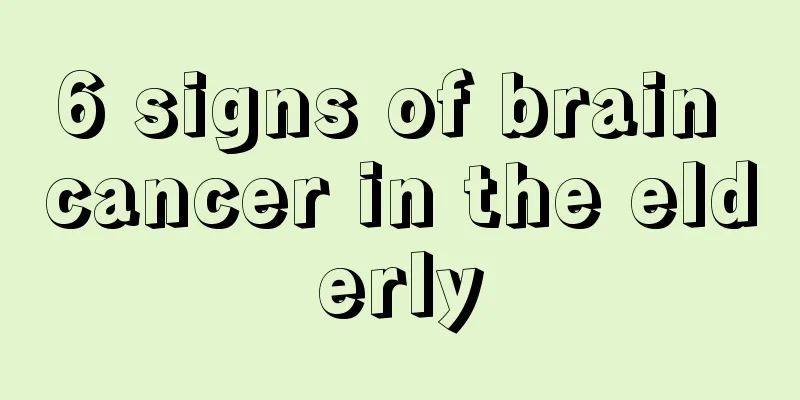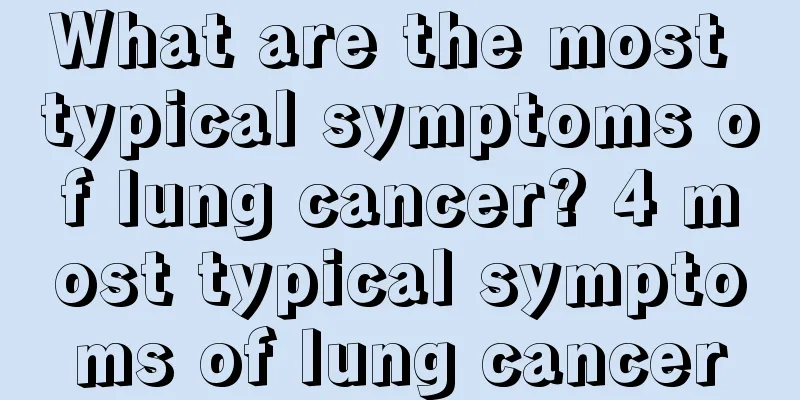The neck is unable to support the head

|
Many patients begin to have problems with their necks. Some often feel neck pain, while others feel stiff necks, numb arms, and weak necks that cannot support their heads. If this happens to adults, it is necessary to consider cervical spondylosis, because cervical spondylosis often starts in the neck. In recent years, the incidence of cervical spondylosis has shown a clear upward trend and is becoming younger. More and more white-collar workers and "phone-dowing people" have joined the ranks of cervical spondylosis. Patients with cervical spondylosis may experience symptoms such as numbness and weakness in the hands, soreness and discomfort in the neck and shoulders, limited limb movement, a feeling of stepping on cotton under the feet, headache and dizziness, which have a serious impact on their lives. The problems all lie in the cervical spine, but the manifestations are different: Cervical spondylosis is a chronic degenerative disease. Only by having a clear understanding of its classification and symptoms can symptomatic treatment be effective. 1. Cervical spondylosis It is more common in young and middle-aged people, and can also be seen in some middle-aged and elderly people. Patients often experience neck soreness, pain, swelling and discomfort when they wake up in the morning or after working or studying at a desk for a long time. Patients often complain of discomfort in their shoulder blades, shoulders and back, and do not know where to put their head and neck to be comfortable. It is often mistaken for "stiff neck". Some patients may reflexively experience transient paresthesias in the upper limbs, and the pain worsens when coughing or sneezing. 2. Cervical spondylotic radiculopathy It is common, and the main symptoms are intermittent or continuous dull pain, severe pain or numbness in the neck or shoulders, which radiates to one or both upper limbs. The pain and numbness may worsen when the neck moves, coughs, sneezes or exerts great force. In addition, patients may also experience symptoms such as heaviness, soreness and weakness in the upper limbs, decreased grip strength, and falling of held objects. The pain in the neck, shoulders and upper limbs may be more severe at night, and you may toss and turn and be unable to sleep. In addition, the affected limbs may easily experience soreness, swelling and numbness after pressure is applied while sleeping. A considerable number of patients have inducing factors such as injury, cold, fatigue, etc. before the onset of the disease. Some patients only have pain in the neck, shoulders and back at the beginning of the disease, which gradually worsens later. Some patients also have worsening symptoms after improper neck massage, and develop typical symptoms of nerve damage such as radiating pain, numbness, and weakness in the upper limbs. 3. Cervical spondylotic myelopathy In the early stages, patients will experience symptoms such as bilateral or unilateral lower limb numbness, pain, stiffness, coldness, shivering, weakness, and tremor. They will have difficulty walking, often have weak legs, and are prone to tripping. Some patients may feel like they are walking on cotton or have a heavy head and light feet feeling. Afterwards, it will develop into bilateral or unilateral upper limb numbness, soreness, burning sensation, pain, trembling, weakness and inflexibility, and even inability to perform fine movements of the hands such as holding a pen, holding chopsticks, holding a bowl, and buttoning. Some patients also complain of pain or numbness in one or more fingers, shoulder, upper arm, or forearm. At the same time, you may experience numbness and pain in the chest and abdomen, and a feeling as if you are being tied up with a tight belt, causing chest tightness and shortness of breath. As the symptoms worsen, patients may experience bladder and rectal sphincter disorders, manifested as urinary urgency. When they feel the urge to urinate, they become impatient and sometimes have poor urination control, even wetting their pants. They also have weak urination, incomplete urination, and constipation. In severe cases, they may suffer from urinary retention or urinary incontinence. Some male patients also have sexual dysfunction. 4. Vertebral artery type cervical spondylosis Dizziness, migraine, tinnitus, hearing loss and deafness, decreased vision, blurred vision, double vision and temporary blindness may occur when the head and neck are rotated. Depression may also occur, accompanied by recent amnesia, insomnia and nightmares. |
<<: What to do if you feel weak all over after sex
>>: What is the reason for waist weakness
Recommend
What are the manifestations of teeth washing being harmful to health?
Dental health is of great concern to people. Howe...
Is it good to sleep with your head facing west
Many people do not pay attention to the direction...
How to prevent and treat thyroid cancer in children?
The harm caused by thyroid cancer is relatively l...
What are the hazards of carbon powder to human body
I have always thought that toner is made of carbo...
What should I do if white clothes turn yellow?
In life, some clothes often turn yellow, especial...
What are the allergens of urticaria
Urticaria is a common skin disease caused by alle...
Why does my teeth hurt when I eat?
The health of teeth has always been neglected by ...
What are the best sleeping positions for the cervical spine?
Many people don't like to sleep with pillows,...
What Chinese medicine is good for lung cancer? What are the treatment methods for lung cancer?
Lung cancer patients have many symptoms, and most...
How can women discover their own symptoms of cervical cancer?
Discovering the symptoms of early cervical cancer...
Which SPA skin care method is suitable for spring
Everything comes back to life in spring, and this...
Brown spots on the body
When some brown spots appear on a person's bo...
Who can't eat snake meat
In the eyes of many people, snake meat should hav...
How to remove the label on the plate
When we buy new plates, there are always some lab...
Mid-term cure measures for breast cancer
Cancer is a disease that people in modern society...









